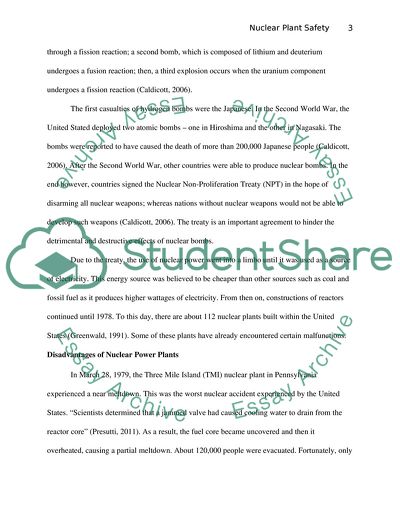Cite this document
(Nuclear Plant Safety Research Paper Example | Topics and Well Written Essays - 1250 words - 1, n.d.)
Nuclear Plant Safety Research Paper Example | Topics and Well Written Essays - 1250 words - 1. https://studentshare.org/environmental-studies/1751954-nuclear-plant-safety
Nuclear Plant Safety Research Paper Example | Topics and Well Written Essays - 1250 words - 1. https://studentshare.org/environmental-studies/1751954-nuclear-plant-safety
(Nuclear Plant Safety Research Paper Example | Topics and Well Written Essays - 1250 Words - 1)
Nuclear Plant Safety Research Paper Example | Topics and Well Written Essays - 1250 Words - 1. https://studentshare.org/environmental-studies/1751954-nuclear-plant-safety.
Nuclear Plant Safety Research Paper Example | Topics and Well Written Essays - 1250 Words - 1. https://studentshare.org/environmental-studies/1751954-nuclear-plant-safety.
“Nuclear Plant Safety Research Paper Example | Topics and Well Written Essays - 1250 Words - 1”. https://studentshare.org/environmental-studies/1751954-nuclear-plant-safety.


